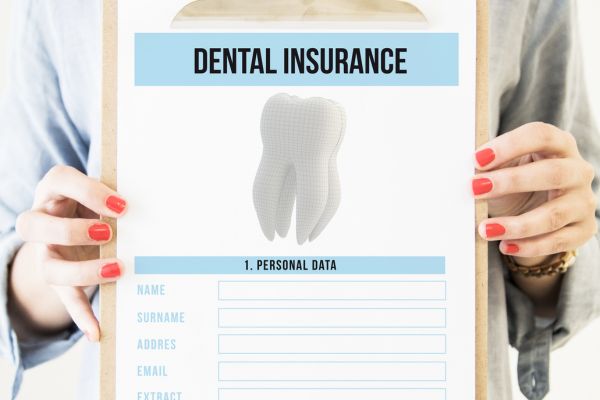Lead Generation: Are you interested in working for it?
Most marketers and business owners who use LinkedIn to generate leads are clear that InMail is essential for success. InMail is the best way to establish relationships, attract new leads and generate qualified leads interested in your business. InMail is a challenge because you must be consistent with your messages and be able write engaging, effective messages that target your target audience. InMails tend to be focused on consumers not looking for your business.
You have probably seen the InMail feature on LinkedIn if you have a business profile. This tool allows you to send an email to your network members, using their existing profile information. This is a great way for you to reach people looking for a job, career change, or to connect with potential employees. InMail is a powerful tool that can be used to reach out to people who are looking for a new job or career.
LinkedIn is an excellent tool for growing your company, but it’s not perfect. You can create an account and start networking with the various tools, but the true benefit of LinkedIn is the recommendations from your colleagues. These recommendations will help you find new clients that are most likely to be interested. Some marketers believe LinkedIn InMail is the best way to generate leads.
Is LinkedIn InMail effective in generating leads?
It is not clear.
LinkedIn is known for its high sales participation and expensive marketing expenses. Many B2B companies make extensive use LinkedIn’s premium services. The most important issue is not whether LinkedIn InMail functions, but if it can grow and fit within your financial budget.
Let’s first define LinkedIn Mail.
What is LinkedIn InMail? How does it work?
LinkedIn InMail, a premium messaging service that LinkedIn offers, allows you to send messages and photos to people with whom you’re not connected. Although you cannot send direct messages outside your network, InMail can be used if you have a premium LinkedIn Account.
It is possible to send a personalized message without first submitting a connection request. This saves time and helps you find contact information. You can use it to reach specific decision-makers, job candidates, or industry experts in your region. The subject line of an InMail is limited to 200 characters. The body can be as long as 1,900 characters.
Cold messages should be brief and should not exceed 160 characters.
InMail messages open more than cold emails (after all there is no trash bin on LinkedIn). They are however more costly than cold email campaigns.
I won’t tell you which one to choose, but I will give you the information you need to make the right decision. Let’s go over some of the options available when it comes to using LinkedIn for outreach.
What is the difference between LinkedIn InMail and LinkedIn Message?
Although they use the same platform and have the same interfaces, there are differences between LinkedIn InMail Messages and Messages. Messages can be sent to anyone, without restriction.
Messages can only be sent to direct connections and not to second or third-degree relationships.
LinkedIn InMail is a premium service that allows you to send messages to people in your network who have not yet been linked to you. You will receive InMail credits for a certain amount each month, depending on the premium account plan.
LinkedIn InMail: Credits and Costs
InMail is an invaluable resource for anyone who wants to use LinkedIn to increase their reach. Depending on how you reach out to non-Connections, InMail credits can be earned for between 5 and 150 credits.
Here’s how many InMail credit you can get each month for each type of account:
Credits and cost of linkedin email
InMail is a great way to reach your most promising prospects, especially if you are using account-based marketing. This avoids the mountains of connection requests that your lead will likely be avoiding and instead lands where your message is most likely. Some have reported open rates exceeding 85% and clickthroughs rates exceeding 5%.
LinkedIn InMail shines brightly when you are trying to reach a few high-touch prospects. But, if you want to maximize your impact by reaching many leads simultaneously, it quickly fades.
With a LinkedIn Premium account, you can only get 5 InMail credits per month. If you have a Sales Navigator Account, these credits can be increased to 20. Credits can be carried over for up three months before they are limited.
If you require more InMail credits than the basic credits, you can purchase additional credits at a cost. Additional credits cost $10 per credit if you spend $100 or more. InMail is expensive if you use it for any other leads than the best.
Comparing the monthly costs of the plans to InMail credits will show that the Premium Business and the Sales Navigator plans offer the best value at $4 per InMail credit. This is far less than $10 for overages or accounts.
InMail is a recent article that we wrote. We did some rough math and concluded that 60 InMail credits per month would be the best way to reach 100 LinkedIn prospects. This includes Sales Navigator, which costs $10 per month. For each additional InMail credit (40), we added $10. You will need to spend $600 for 100 leads over three months.
Advertisements with Messages
Message ads (previously known as sponsored InMail), are distinct from InMail messages. They are only available through the LinkedIn platform. These are a sponsored version (or InMail) that is much easier to grow.
Instead of reaching individual prospects via LinkedIn InMail (or thousands), you can establish a target audience to send sponsored messages.
However, Message Ads have some restrictions due to the size of their messages.
Your leads are not allowed to respond to Message Ads. In your message, you will need to include a clear call for action. These are not quick answers.
To Message Ads, a tag is attached. No matter how natural and simple your message may seem, leads will see a sponsored tag in their subject line.
However, Message ads offer some advantages. They are less expensive than organic InMail and can only be sent to prospects who are already on LinkedIn.
Message ads, unlike other forms of advertising, are paid on the number and quality of messages delivered, rather than clicks or impressions. It varies depending on who you are targeting but is usually $0.20 per send. You should expect to pay $5 per click.
Message ads have high visibility. LinkedIn claims that it has a 70% average open rate, despite users reporting a lower than 50% open percentage.






